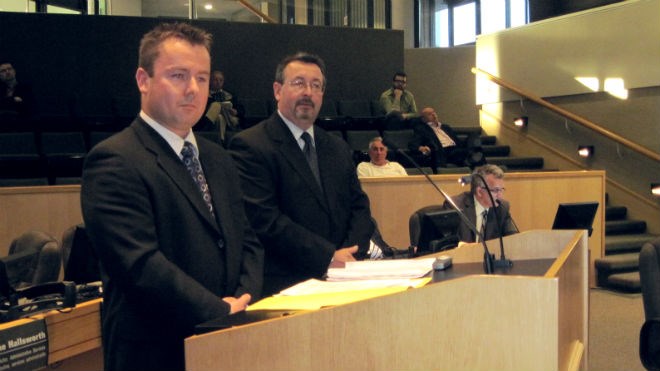While the number of people who have a family doctor in Sudbury has increased over the last few years, the city was in second last place in a recent Ministry of Health survey on Ontarians' access to family physicians.
According to the province's latest Health Care Experience Survey, conducted by the Institute for Social Research, an independent research institute based at York University, 88 per cent of people in Sudbury have a family doctor.
Of Ontario's large cities, only Thunder Bay ranked lower, where 86 per cent of residents have a family doctor.
Hamilton topped the list, with 96.4 per cent of citizens attached to a family doctor.
To compile the study, the Institute for Social Research contacted 11,372 adult respondents, and 3,153 child respondents. They surveyed Ontarians aged 16 and over.
The survey also asked adults if they were able to see a primary care provider within one day of being sick.
In Sudbury 37.6 per cent of respondents said they could see their family doctor, or another primary care provider, within a day.
The Peel Region had the highest next-day response rate at 55.3 per cent, while Sault Ste. Marie had the lowest, at 28.8 per cent.
Terry Tilleczek, senior director of policy and health system planning with the North East Local Health Integration Network (LHIN), said access to primary care can vary widely in the North East LHIN's coverage area.
“There is variable access right across this region because we've got such a large geography,” he said.
In 2009, around 84 per cent of people in northeastern Ontario had a family physician,” he said. In four years that has increased by nearly five percentage points, he added.
Ryan Humeniuk, the City of Greater Sudbury's physician recruitment co-ordinator, said access to primary care in Sudbury started to improve in 2008.
It was that year the city launched its physician recruitment and retention program.
“It really enhanced our involvement in the recruitment aspect,” Humeniuk said.
Since 2008, the city has offered physicians financial incentives to start practices in Sudbury.
In 2011, nurse practitioners were added to the program. While the financial incentives have decreased in more recent years, Humeniuk said the program has helped bring 44 physicians to Sudbury since 2008, with 14 more slated to start practices by 2015, and two more who will be ready by 2017.
The city's physician recruitment and retention program has also collaborated with the Northern Ontario School of Medicine to encourage students to practice in northeastern Ontario.
“Having the school in our backyard has definitely contributed to our success,” Humeniuk said.
“Before NOSM was created we would have to travel to other communities in southern Ontario that have medical schools, and literally try to sell our community using a brochure.”
Join Sudbury.com+
- Messages
- Post a Listing
- Your Listings
- Your Profile
- Your Subscriptions
- Your Likes
- Your Business
- Support Local News
- Payment History
Sudbury.com+ members
Already a +member?
Not a +member?
Sign up for a Sudbury.com+ account for instant access to upcoming contests, local offers, auctions and so much more.
